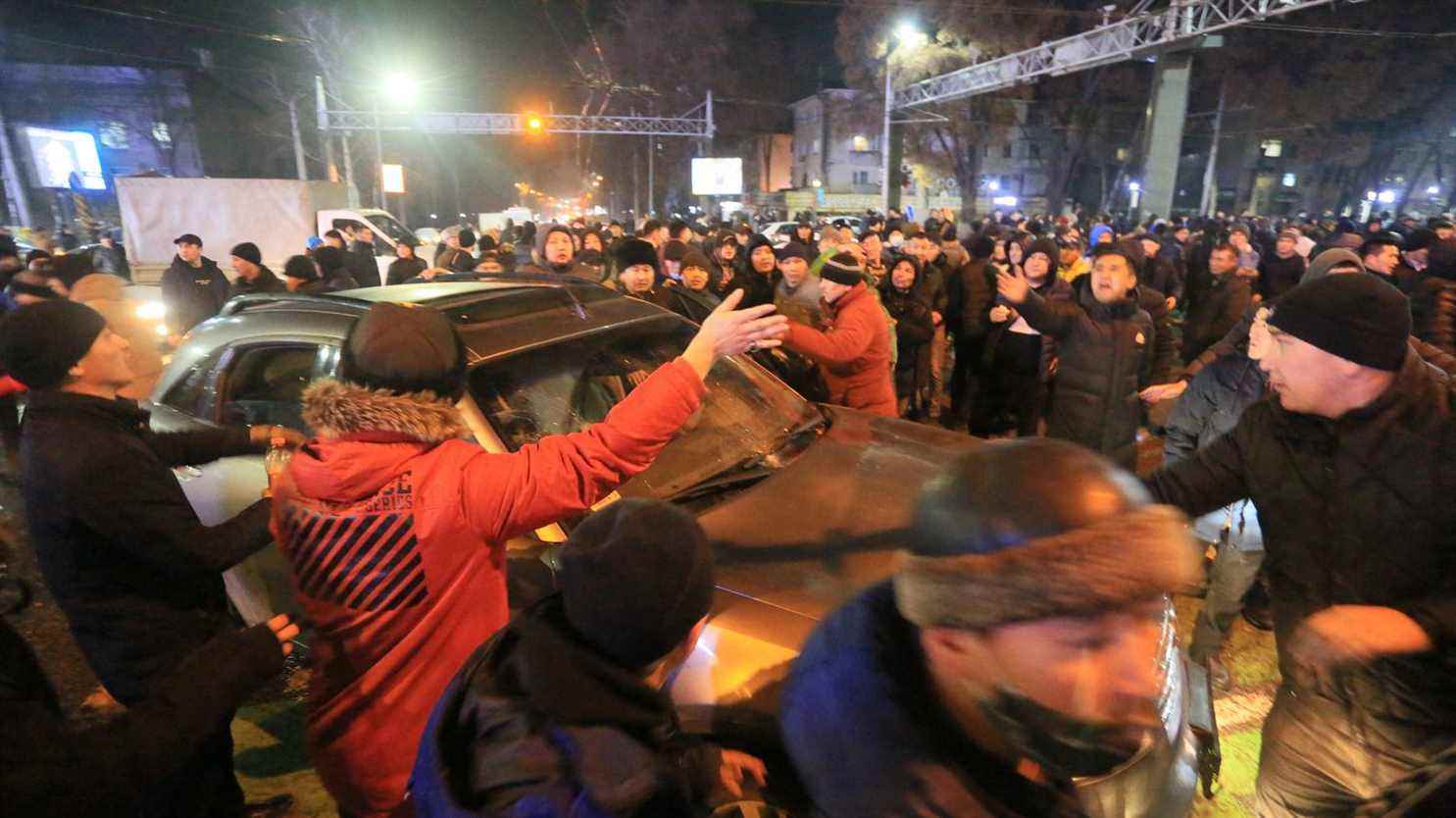Revolts sometimes occur where they are not expected. This is the case in Kazakhstan, this gigantic country wedged between Russia and China, in Central Asia. It is five times the size of France and has been held with an iron fist for thirty years and the break-up of the Soviet Union. On Wednesday January 5, as since Sunday, the demonstrators took to the streets, in several cities: Alma Aty, the largest in the country, Semey in the East and Aktobe in the West. On social networks, we see quite large crowds in the streets, despite the snow. They generally go to the buildings of the municipalities. In Alma Aty, the demonstrators entered one of the town hall buildings.
On the evening of January 4, President Tokaiev believed to extinguish the fire by announcing a change of government and dispersing the crowd. However, this did not prevent the processions from reforming a few hours later, often with calls for the resignation of local authorities and some cries like “the old man outside”, in reference to the former president Nursultan Nazerbaiev. He is the predecessor of Kassym-Jomart Tokaiev. He ruled the country for twenty-nine years, from 1990 to 2019. Even if he officially passed the hand two years ago, in reality he is still pulling the strings behind the scenes, at the head of the National Security Council.
The demonstrations therefore seem to take on a real political dimension, whereas initially the anger was economic. It started with a sharp increase in the price of gas, more precisely liquefied natural gas. It is the most widely used fuel for cars in a whole part of Kazakhstan. Its value serves as a benchmark for a large number of food products. The announcement of the doubling of its price, at the beginning of January, logically triggered the anger of many Kazakhs.
This anger is all the more understandable given that Kazakhstan’s subsoil is extremely rich in natural energies: the country’s production covers more than twice its consumption needs. Kazakhstan exports a lot of oil, gas and uranium. In the Caspian Sea, in particular, which borders it to the west, it has enormous oil deposits, representing roughly 3% of world reserves. But the fall in oil prices combined with the economic crisis in Russia – Kazakhstan’s main partner – have reduced cash flow.
The power responds by using both the carrot and the stick. On the one hand, there is a change of government and a reversal of gas prices, with a return to the original price. On the other hand, he organized the repression. The rare images that reach us from Kazakhstan show wounded in the ranks of the demonstrators, after tear gas fire. A state of emergency has been declared in the main cities of the country. The Internet and digital messaging apps like WhatsApp are cut off. In the early evening of January 5, President Tokaiev promised “firmness”.
The Kazakh power has no other software. For thirty years, civil society has been repressed and elections are organized to measure. However, if the demonstrations continue, it will also be necessary to reckon with the role of the big neighbors, China and especially Russia, quite scalded in recent months by the attitude of the Kazakh authorities who have sought to get closer to Turkey. Considering what contains the subsoil of Kazakhstan, the whole neighborhood is attentive.
